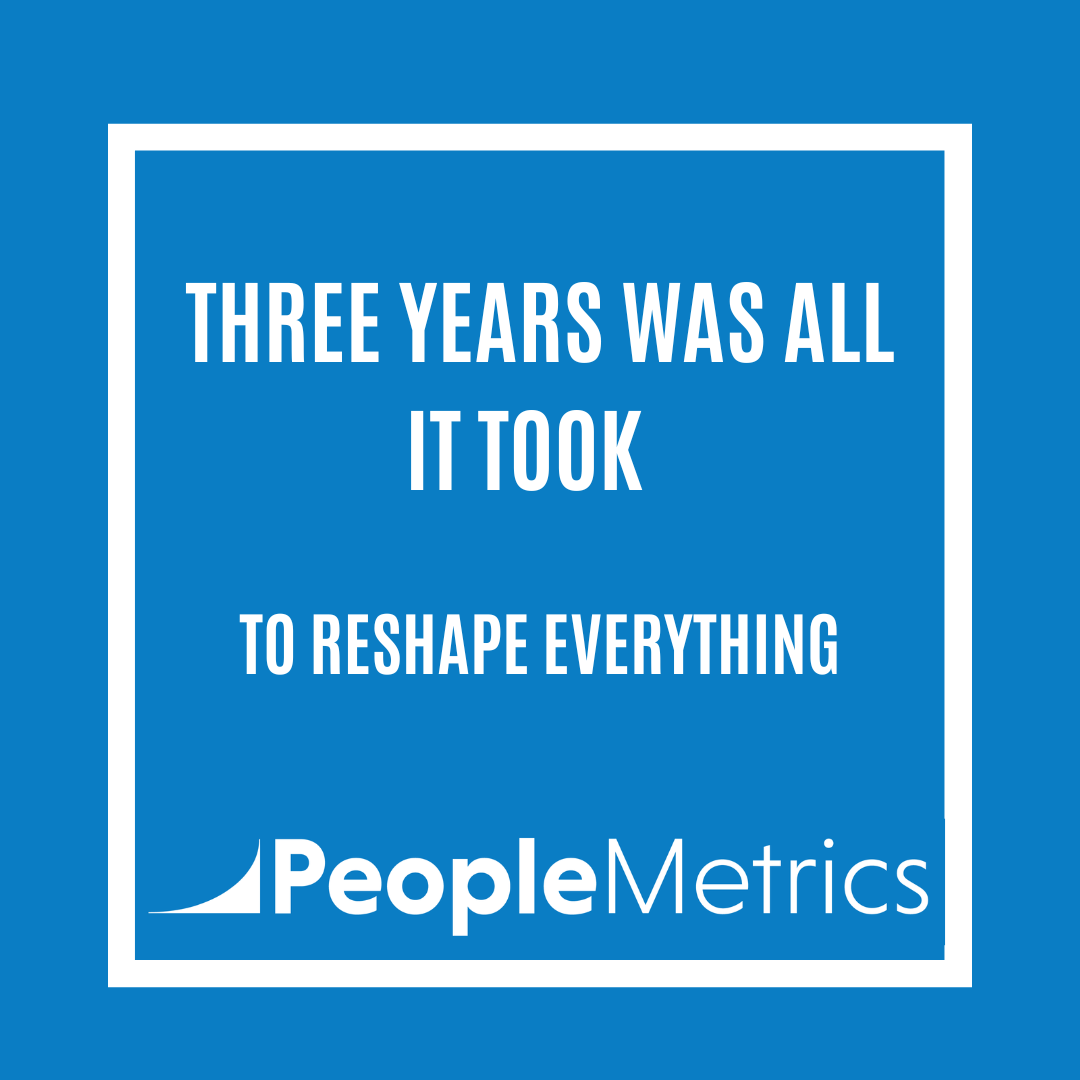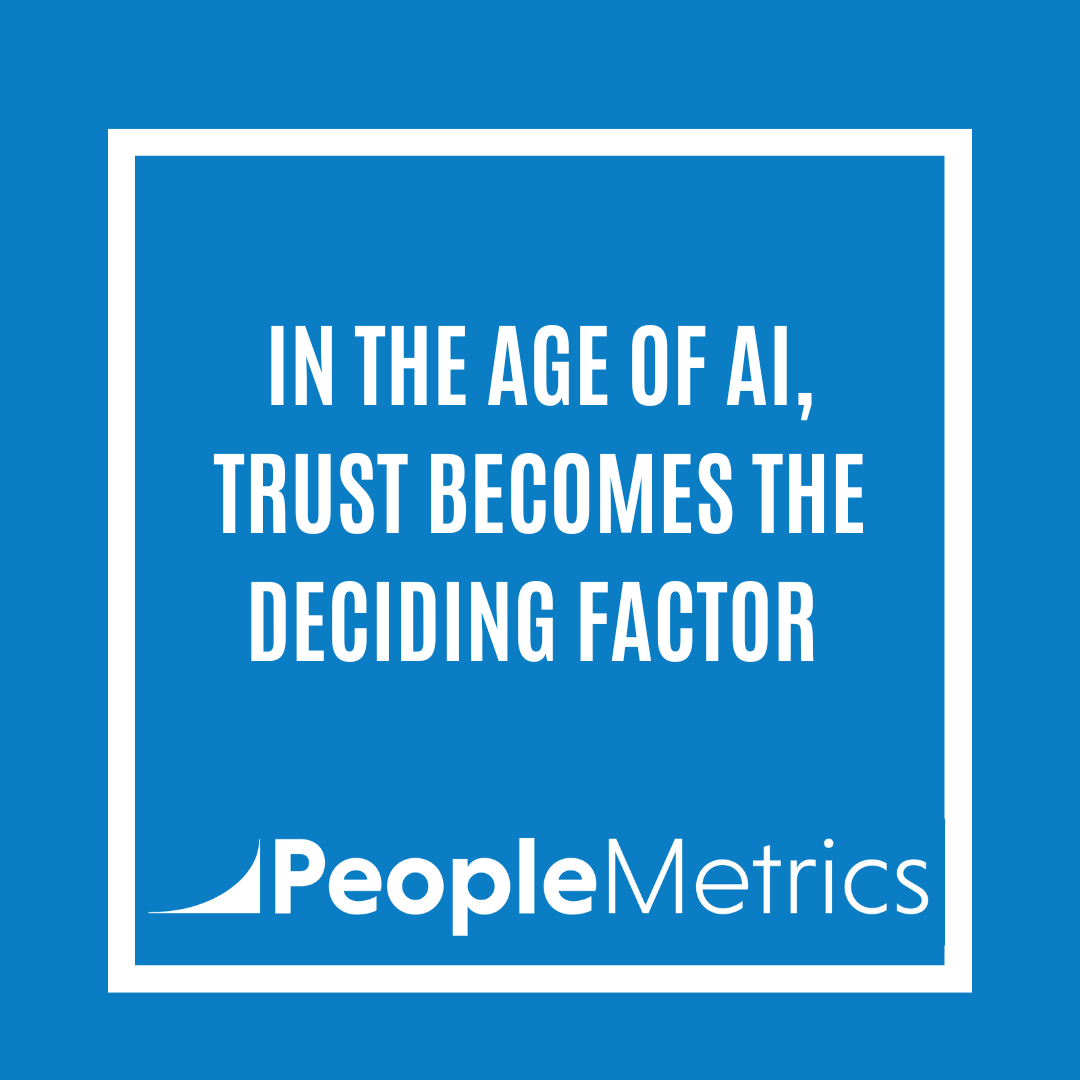There is nary a company in operation today that doesn’t claim to have its collective ear open to the voice of the customer. Ask any CEO, and she or he is likely to exclaim, yes, of course they are collecting customer feedback. Whether or not that customer feedback is actually making an impact on day-to-day operations, however, is another question altogether.
Too often, client satisfaction survey research results get mired in a certain department, or on a certain executive’s desk, and are never folded back into day-to-day operations. Companies often become so enamored with the idea of measuring customer feedback and tracking scores that they forget to actually use feedback data to improve operations and strengthen customer relationships. When customer survey results are restricted to marketing and strategy departments, their power is lost. It is only when we close the feedback loop by applying customer feedback to front-line operations that change can be made.
Sarah Cook summarized this common gap in market research in her book Customer Care Excellence. She writes, “If a customer service philosophy is seen to belong to one person, one department, or one part of the business, the success of the programme will often be dependent on the political standing and influence of that particular department or person within the organization.” Furthermore, she adds, front-line employees tend to become cynical when customer relationship programs have little to do with their daily experience; “What’s the new flavor of the month?” they might ask. To be effective, customer relationship programs must be useful across the organization, from the c-suite all the way to front-line employees.
A few companies are successfully sharing customer feedback insight with front-line managers and employees. For instance, in their Net-Promoter campaign, investment firm Charles Schwab found a way to share feedback results throughout the organization. As a piece in the Harvard Business Review explains, customers were asked to complete a survey twice a year. Survey results were put in a database which branch managers and executives could access. Managers started their day with a review of the latest customer feedback. Their goal was to respond to all feedback within 24 hours, and to close out each customer case within a week. They also used trends and patterns culled from customer feedback to direct branch meetings and train front-line employees. Charles Schwab himself credits this new approach to customer feedback with turning around the company.
PeopleMetrics has developed a similar system for bringing customer feedback to front-line employees in real time. We measure Customer Engagement (which includes a Net Promoter-like loyalty component) through quick, 5-minute feedback questionnaires. Survey results are immediately available through Action Alerts that are emailed to managers, supervisors and leaders for follow-up. Results are also available via an online dashboard. Leadership decides how to grant access to this online dashboard. Many of our clients choose to allow front-line managers to see relevant customer survey results. That way, those managers can follow up with individual customers in real time.
There are many benefits to bringing real-time customer satisfaction experience research to front-line employees.
-
Close the feedback loop. When feedback is available in real-time, and front-line employees receive that feedback immediately, customer problems can be resolved quickly and effectively. PeopleMetrics’ system alerts managers to certain customer service opportunities, such as when a customer is considering taking his business elsewhere.
-
Unique Insights into Potential Improvements. Such timely, personal contact with customers allows managers and leadership to identify opportunities for improvement that they wouldn’t otherwise discover.
-
Quickly respond to trends and customer needs. As Rob Markley explains in the video accompanying the Harvard Business Review article listed above, “This kind of feedback can allow a company to react to market changes very quickly. Because the feedback is coming in on a constant basis, and because it is so immediate, front-line employees and management teams can very quickly identify trends, issues, and challenges that are facing their business, and take actions to head them off.”
-
Identify Service Patterns to Improve Customer Relationships. As customer feedback is gathered, leadership can take note of service patterns and behaviors that win the hearts and minds of customers. Those behaviors can then be disseminated as best practices across the entire company.
Finally, when customer feedback is shared with front-line employees, there is more sincere attention paid to customer service. Instead of management jargon, real-time feedback is seen as a powerful tool front-line employees can use on a daily basis. This kind of approach blends cutting-edge technology with customer relationship research to provide intelligence that can be used to create engaged customers.
Topics: Employee Experience, Customer Experience





